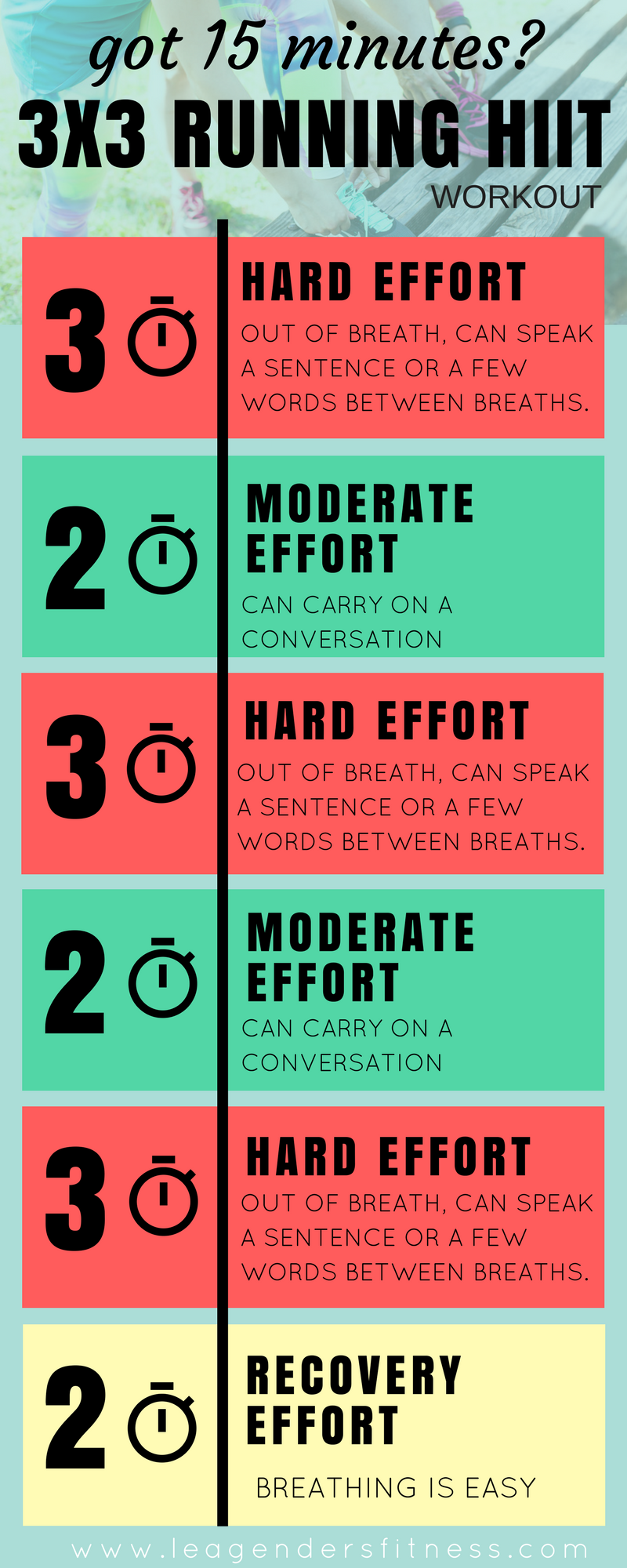How to Avoid and Handle Discomfort in Operating: Expert Tips and Recommendations
As runners, we usually locate ourselves captured in between the enjoyment of pressing our physical limits and the pain that can accompany it. The search of that jogger's high can occasionally be hindered by the unwelcome companion of pain. Whether you are an experienced marathoner or a novice striking the sidewalk for the first time, the irritating presence of pain and pain is a typical . There exist proven strategies and professional suggestions that can assist minimize and handle these discomforts, permitting you to concentrate on the joy of running itself.
Value of Correct Footwear
Correct shoes plays a crucial function in protecting against and handling pain for runners, as it significantly influences their convenience, performance, and overall foot health. When it comes to running, using the right shoes can make all the difference. Ill-fitting or incorrect footwear can bring about a host of issues such as blisters, shin splints, plantar fasciitis, and much more extreme injuries like stress and anxiety fractures.
Picking the proper operating footwear entails considering elements such as foot kind, gait technicians, running terrain, and individual preferences. Runners with high arcs may call for more padding and support, while those with flat feet might gain from security shoes. In addition, comprehending pronation (the internal rolling of the foot) and supination (the outward rolling of the foot) can assist in picking shoes that give the appropriate degree of arch assistance.
Buying top quality operating footwear that are suitable for your individual needs can aid avoid pain and discomfort while boosting your running experience. Focusing on correct footwear is not almost efficiency yet additionally concerning safeguarding your foot wellness in the future.
:max_bytes(150000):strip_icc()/effective-30-minute-running-workouts-2911891-0927-70272e09ac83449cadb9f1ce51656c0c.jpg)
Reliable Warm-up Methods
A dynamic warm-up routine prior to a run aids raise blood flow to the muscle mass, improves adaptability, and boosts the range of movement of the joints. Dynamic stretches like leg swings, high knees, and hip circles are advantageous in preparing the body for the physical demands of running.
Along with dynamic stretches, integrating some light cardio workouts such as running or avoiding rope can further raise the heart price and warm up the body. This combination of vibrant stretching and light cardio helps loosen limited muscles, lubricate the joints, and emotionally prepares the jogger for the upcoming exercise (running strategy). By making workouts a consistent component of your running routine, you can substantially decrease the threat of injuries and carry out at your ideal throughout each run
Key Extending Exercises
When preparing for a run, incorporating essential stretching workouts is necessary to boost muscle mass versatility and protect against injuries - Read More. Dynamic extends such as leg swings, high knees, and hip circles are valuable for heating up the muscles and increasing series of motion prior to a run. These motions help improve blood flow, loosen up limited muscular tissues, and prepare the body for the activity ahead
Static stretches like calf bone stretches, hamstring stretches, and quadriceps stretches need to follow a run to assist in muscle mass healing and protect against tightness. Holding each stretch for 15-30 seconds enables the muscle mass to kick back and lengthen, minimizing the danger of post-run discomfort and potential injuries.
Furthermore, including yoga postures like descending dog, pigeon posture, and spinal twists can target numerous muscle groups concurrently, promoting general versatility and strength. Regular extending routines not just enhance performance but also aid in preserving great running type and avoiding overuse injuries. Bear in mind, proper stretching techniques are vital for a secure and satisfying running experience.
Healing and Rest Methods
After completing a run, implementing reliable healing and rest approaches is important for making best use of efficiency and reducing the risk of injuries. One crucial aspect of recovery is allowing the body time to relax and fix itself. Adequate sleep is extremely important as it is during rest that muscular tissues recuperate and grow more powerful. Furthermore, including day of rest into your training schedule is important to stop overuse injuries and fatigue.
Active healing strategies such as gentle extending, foam rolling, and yoga exercise can assist boost blood circulation, reduce muscle mass pain, and boost flexibility. It is likewise beneficial to prioritize hydration and nutrition post-run to renew electrolytes, glycogen shops, and promote muscle mass recuperation.
Cross-training activities like swimming or biking can give a break from the repetitive effect of running while still maintaining cardiovascular health and fitness - running strategy. Paying attention to your body and acknowledging when it requires a break is crucial to avoid chronic injuries and ensuring lasting running success. Keep in mind, remainder is not an indicator of weak point yet a crucial part of a well-shaped training regimen
Cross-Training Advantages

It enables you to work on various aspects of fitness that may not be targeted exclusively via running, leading to a much more well balanced and versatile athlete. Furthermore, cross-training can help next page improve running performance by dealing with muscular inequalities and weaknesses that may hinder efficiency.
Conclusion
In conclusion, proper footwear, workout methods, stretching exercises, recovery methods, and cross-training are crucial elements in avoiding and managing pain in running. By including these practices into your regimen, you can decrease the danger of injury and discomfort while taking full advantage of performance and satisfaction of the sport. Read More. Keep in mind to listen to your body, prioritize rest and recuperation, and look for expert support when needed to make sure a secure and effective running experience